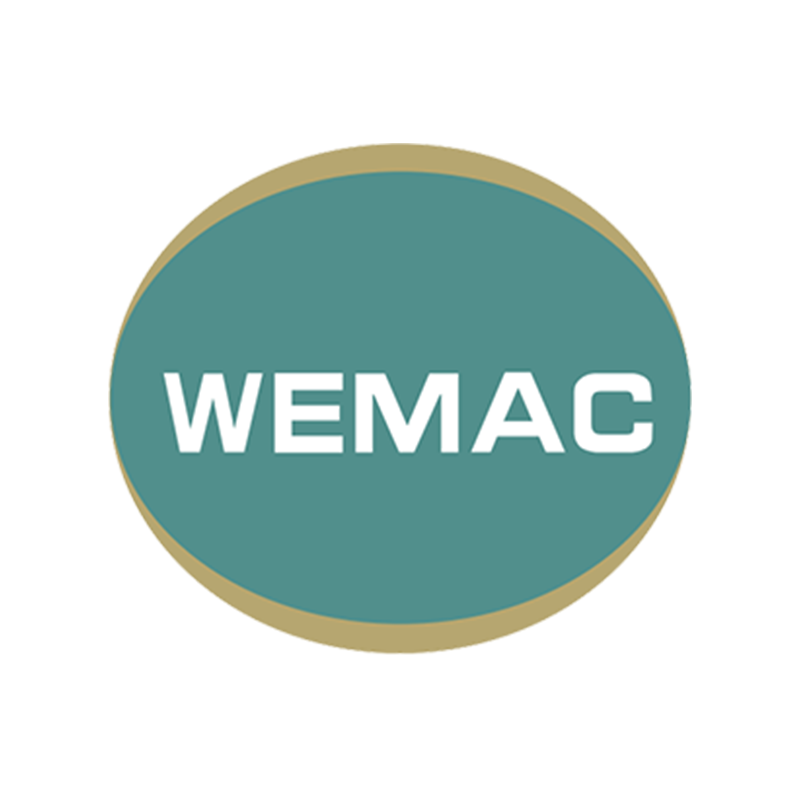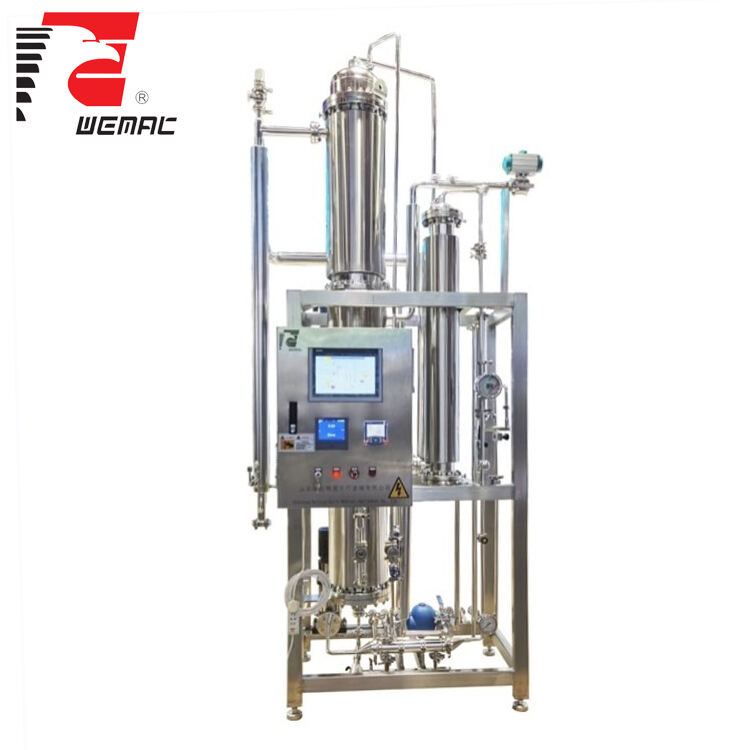Cooling Towers in Pharma Facilities: Preventing Microbial Contamination Risks
Sources of Microbial Contamination in Pharmaceutical Cooling Towers
Common Pathogens: Legionella and Biofilm-forming Bacteria
Legionella pneumophila is recognized as the primary pathogen associated with cooling towers, especially for its role in causing Legionnaires' disease, a serious form of pneumonia. These pathogens often thrive in moist environments, including pharmaceutical cooling towers, potentially being dispersed via aerosols which are inhaled by individuals. Biofilm-forming bacteria pose another significant challenge as they create protective layers around themselves, allowing them to thrive and resist conventional disinfection measures. This makes the control and removal of pathogens extremely challenging. By understanding the biology and behavior of these microorganisms, pharmaceutical companies can formulate more effective control measures to minimize the risk of contamination.
Factors Promoting Contamination: Stagnant Water and Temperature Ranges
Stagnant water in cooling towers serves as an ideal breeding ground for bacterial proliferation, highlighting the importance of meticulous design considerations to prevent such conditions. Temperature plays a critical role, especially for Legionella, which finds optimal growth in the range of 20°C to 50°C. Regular monitoring and maintaining water temperatures outside this range can significantly mitigate the risks of bacterial growth. By addressing stagnant water issues through thoughtful design and operational changes, companies can reduce contamination risks and maintain the integrity of their cooling systems.
Impact on Product Quality and Regulatory Compliance
Microbial contamination in pharmaceutical cooling towers can have severe impacts on both product quality and regulatory compliance. Such contamination can lead to costly product recalls, hefty regulatory fines, and a considerable loss of consumer trust. Adhering to stringent regulations, like those enforced by the FDA and EMA, is crucial for maintaining market authorization and reputation. Historical case studies serve as sobering reminders of the financial repercussions that can arise from incidents of microbial contamination, underscoring the need for rigorous control measures to safeguard both public health and company interests.
Proactive Strategies to Mitigate Microbial Risks
Optimizing cooling tower design to minimize stagnation
Optimizing the design of cooling towers is crucial to prevent water stagnation, which can lead to microbial growth. By integrating flow dynamics in the design, we can minimize areas where water tends to remain stagnant. This involves customizing the layout to ensure continuous water movement, thus diminishing chances for bacteria buildup. Additionally, utilizing specialized nozzles can greatly improve water distribution and evaporation rates, effectively reducing stagnation. It's important that we regularly assess the efficiency of these designs to ensure they are functioning as intended and continue to mitigate microbial risks.
Implementing reverse osmosis water filtration systems
Incorporating reverse osmosis water filtration systems is an effective strategy for reducing microbial load in cooling tower water. These systems work by filtering out pathogens and impurities at a microscopic level, significantly decreasing the concentration of bacteria. Statistical evidence has shown a marked reduction in pathogen levels following reverse osmosis treatment, underlining its effectiveness. To sustain this optimal performance, routine maintenance of these systems is essential. By keeping the systems in prime condition, we ensure that they continue to perform optimally, safeguarding the water quality in our cooling towers.
Routine disinfection protocols using non-corrosive biocides
Implementing routine disinfection protocols with non-corrosive biocides is vital for managing biofilm formation without damaging cooling tower equipment. Non-corrosive biocides effectively prevent biofilm buildup on wetted surfaces, reducing the potential for microbial growth and contamination. By establishing and adhering to strict disinfection schedules, we not only enhance compliance with health and safety standards but also maintain the integrity of the equipment. Additionally, maintaining thorough documentation of biocide application is crucial for regulatory audits, thus supporting transparency and accountability in disinfection practices.
Role of Water Purification Systems in Contamination Control
Purified Water Generation Systems for Cooling Tower Feedwater
Purified water generation systems play a critical role in ensuring the quality of water used in cooling towers, significantly minimizing the risk of microbial contamination. These systems employ advanced purification processes that meet industry standards, essential for maintaining water purity and safeguarding against microbial threats. According to industry statistics, implementing such systems can lead to a marked reduction in pathogens in water used for industrial purposes, thereby enhancing operational safety and efficiency. This proactive approach to microbial control is crucial for sectors reliant on large-scale cooling systems.
Integrating Water for Injection (WFI) Standards
Water for Injection (WFI) standards are integral in ensuring that cooling tower operations remain contaminant-free. By adhering to these stringent guidelines, facilities can uphold optimal monitoring and control measures, reducing the potential for contamination incidents. Regular audits are recommended to ensure compliance and maintain the integrity of cooling systems. Implementing WFI standards not only aligns with best practices in contamination prevention but also supports ongoing quality control, benefiting both the organization and the wider community by ensuring safe water usage.
Benefits of Multi-Effect Distillation in Pharmaceutical Facilities
Multi-effect distillation is highly effective in removing both organic and inorganic contaminants from water, making it an ideal purification method in pharmaceutical facilities. This technique is environmentally friendly, as it uses significantly less energy compared to other distillation methods, offering a sustainable solution for water purification. Studies highlight the reliability and cost-effectiveness of multi-effect distillation systems, illustrating their ability to enhance both operational efficiency and compliance with environmental regulations. With growing emphasis on sustainable practices, these systems are an invaluable asset in the pharmaceutical industry’s pursuit of efficient and eco-friendly purification methods.
Advanced Pharmaceutical-Grade Equipment for Contamination Prevention
Advanced Integrated CIP (Cleaning In Place) System: Automated Hygiene for Pipelines
The Advanced Integrated CIP (Cleaning In Place) System is revolutionizing contamination prevention through automated hygiene processes. By automating the cleaning of equipment and pipelines, these systems significantly reduce human error and enhance operational efficiency. They ensure consistent hygiene standards across facilities, safeguarding product integrity and equipment functionality. Moreover, integrating such automation can lead to substantial cost savings and operational improvements, making it a valuable investment for any pharmaceutical or food production facility.
Finn-Aqua Pharmaceutical Grade Pure Steam Generator: Contaminant-Free Steam Production
In the pharmaceutical industry, the production of high-quality pure steam is crucial for preventing microbial growth during processes. The Finn-Aqua Pharmaceutical Grade Pure Steam Generator is lauded for providing reliable contaminant-free steam, making it a staple in pharmaceutical applications. Its state-of-the-art technology ensures that the steam produced meets the stringent quality necessary to maintain process integrity and safety. User reviews frequently highlight its unsurpassed performance and reliability, bolstered by consistent data supporting its efficacy and user satisfaction.
Monitoring and Maintenance Best Practices
Real-time Microbial Testing and Legionella Risk Assessments
Implementing real-time microbial testing technologies has revolutionized how we respond to potential contamination threats. By enabling immediate analysis, facilities can promptly detect and address microbial presence, ensuring the safety and integrity of purified water systems. Regular Legionella risk assessments are equally vital; these evaluations ensure safe conditions by preemptively identifying vulnerabilities that could foster bacterial growth. Various studies underscore the significance of continuous monitoring in maintaining contamination-free environments. According to a study published in the "Journal of Environment Control", facilities with routine microbial assessments reported fewer instances of Legionella outbreaks compared to those without these proactive measures.
GMP-Compliant Documentation for Audit Readiness
Maintaining comprehensive documentation aligned with Good Manufacturing Practices (GMP) is crucial for successful regulatory audits. Facilities that adhere to GMP guidelines can swiftly exhibit compliance during audits, sidestepping potential penalties associated with poor record-keeping. It is essential to establish detailed protocols for documenting processes and results to uphold audit readiness. Case studies highlight the severe repercussions—such as failed audits and financial penalties—that stem from inadequate documentation. By closely following GMP standards, facilities also foster transparency and reliability, crucial for the audit process. A 2023 report found that facilities with stringent GMP documentation faced fewer audit challenges compared to those with lax procedures.
Preventive Maintenance Schedules for Cooling Tower Efficiency
Establishing robust preventive maintenance schedules is fundamental to enhancing the efficiency and longevity of cooling towers. Regular checks and preventative strategies help mitigate microbial risks and maintain optimal operation by addressing issues before they escalate. By adhering to scheduled maintenance, facilities can reduce potential contamination from Legionella and other waterborne bacteria. Statistical evidence strongly supports the notion that proactive maintenance substantially lowers repair costs and extends equipment lifespan in purified water generation systems. For instance, research indicates that facilities implementing preventive maintenance schedules reported a 25% reduction in repair expenditures compared to those without such strategies. Regular maintenance ensures that cooling towers continue to function effectively, safeguarding both operational integrity and public health.

 EN
EN








































